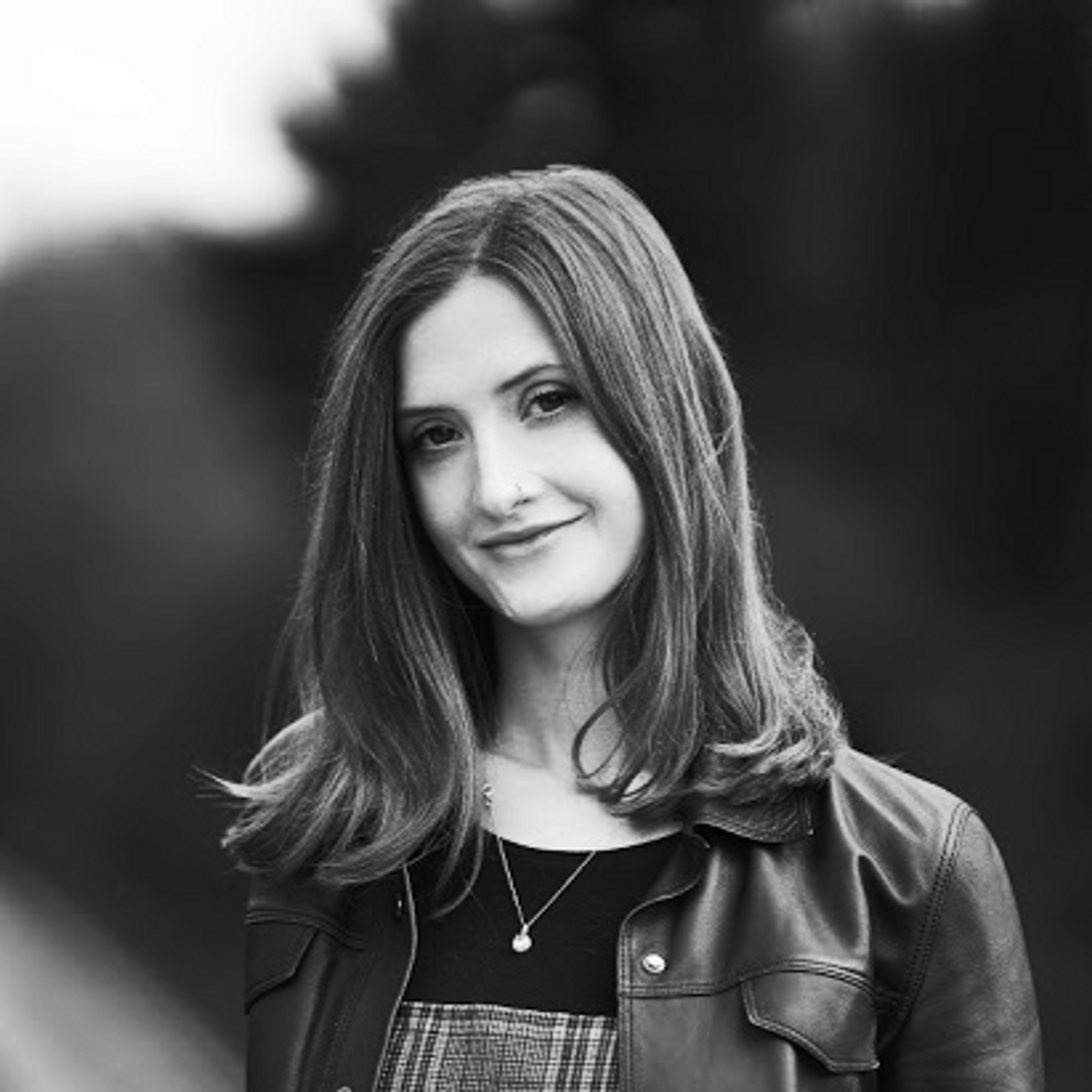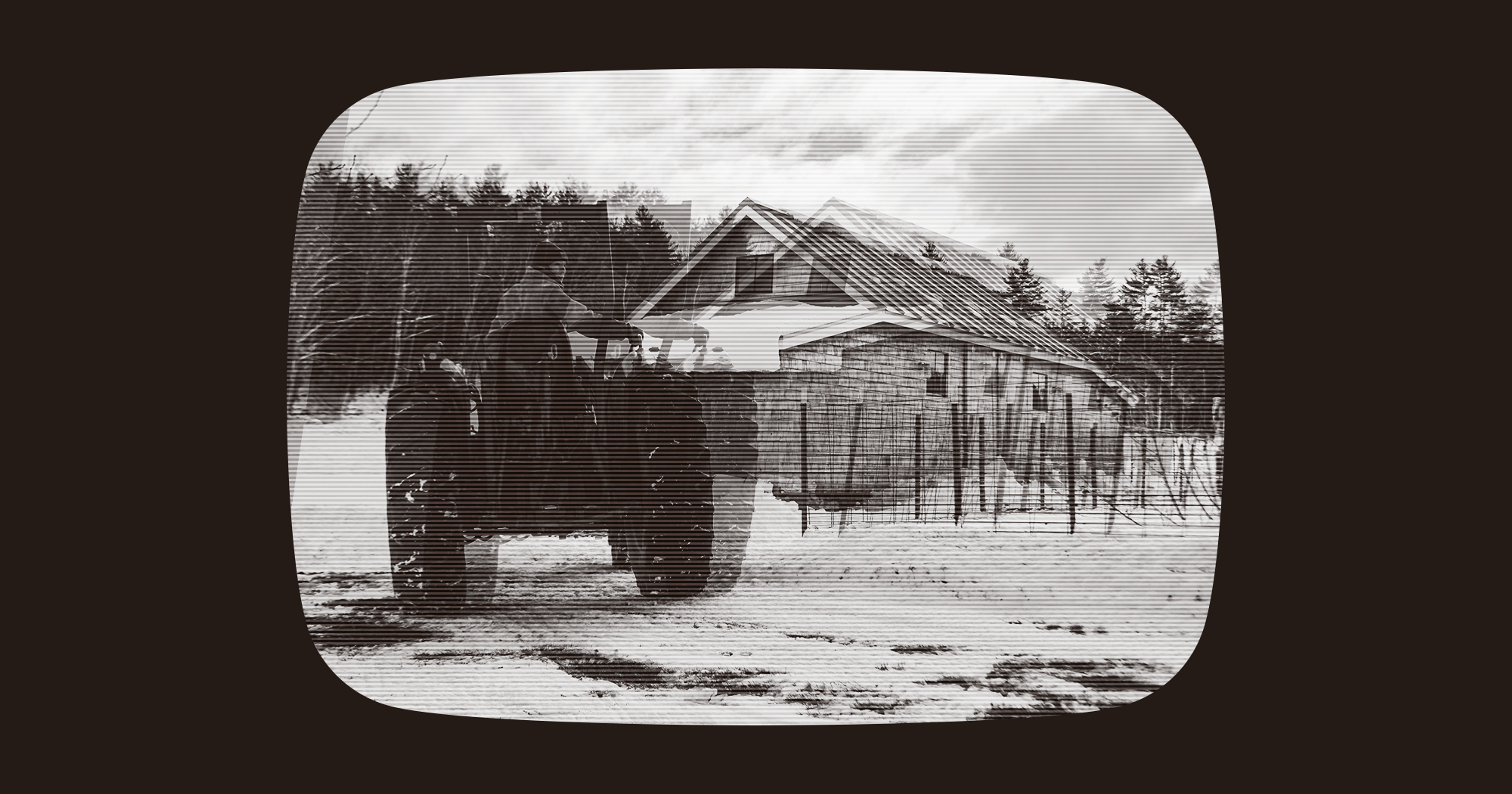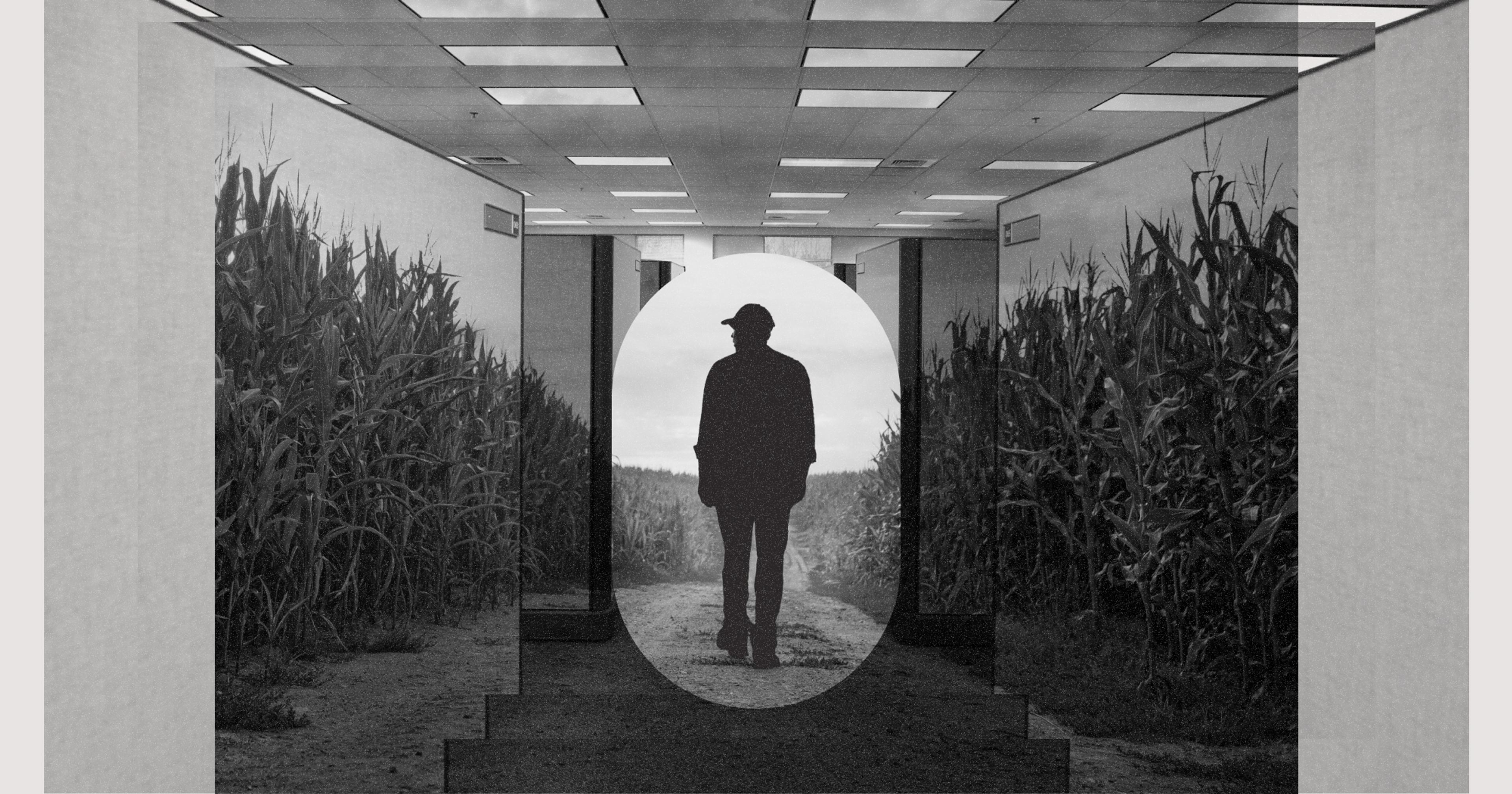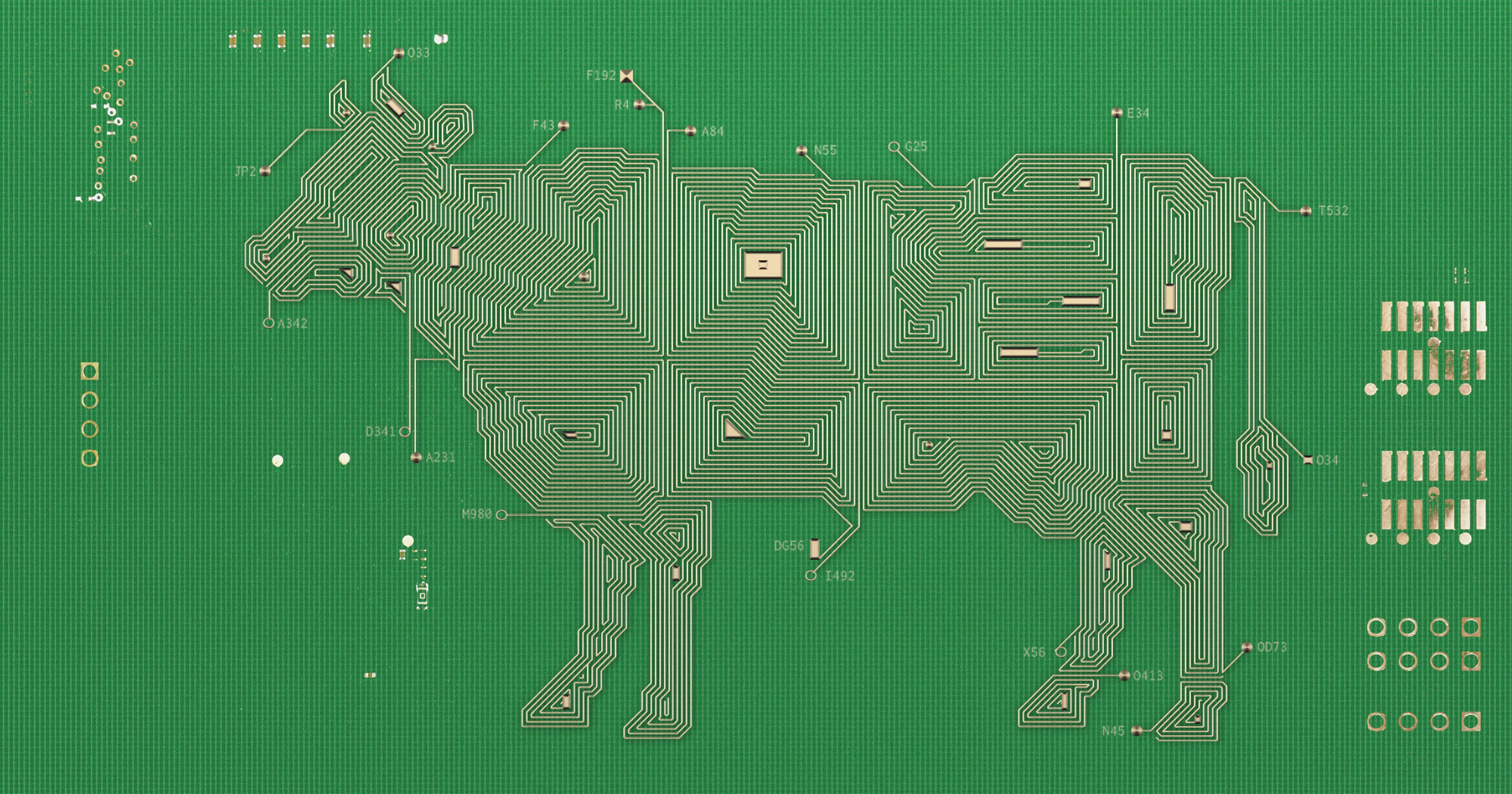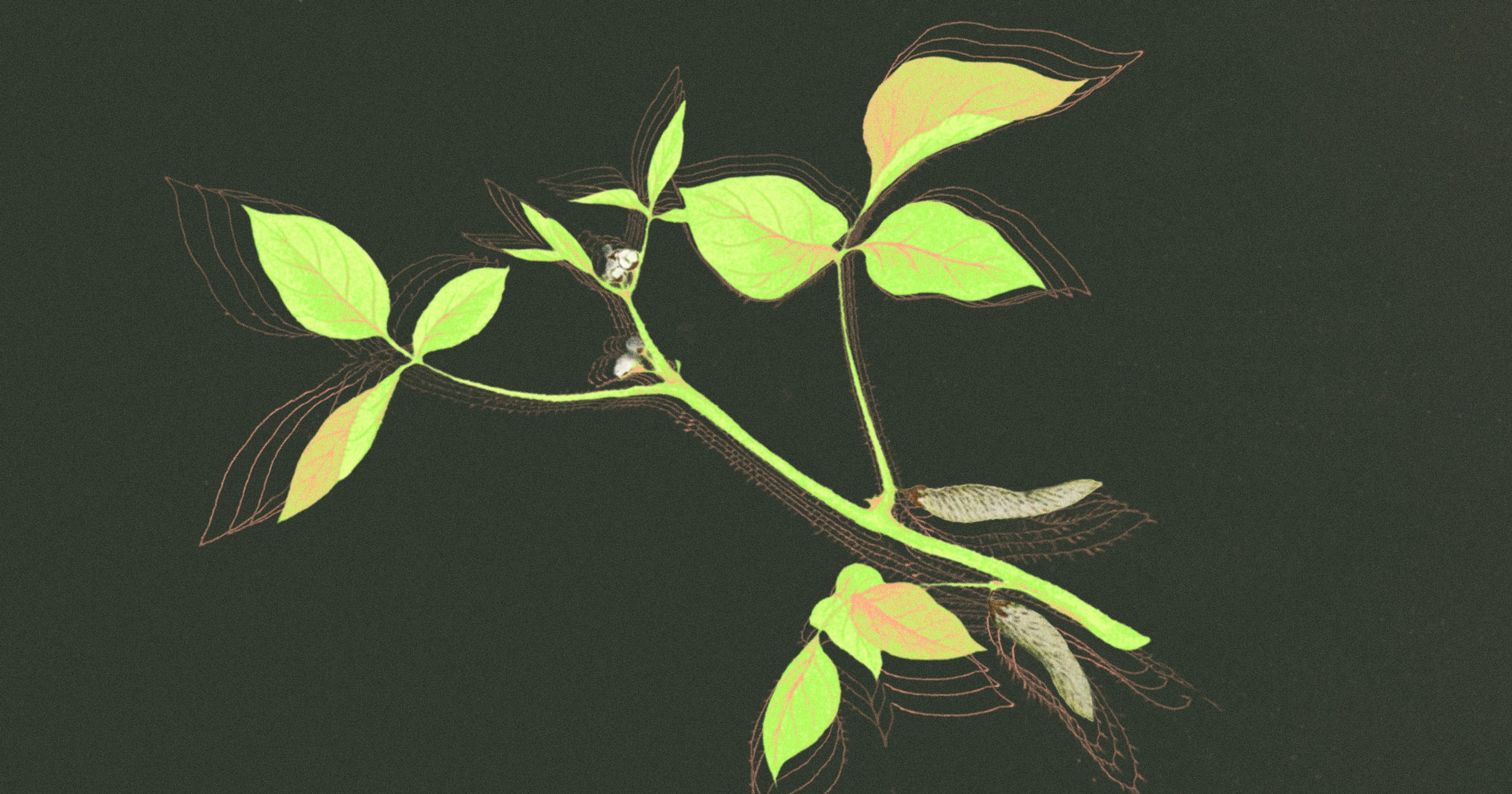Farming influencers are leading a new era of public perception on social media. The question is, can all ag producers follow their lead?
Morgan Gold of Gold Shaw Farm in Peacham, Vermont, starts his day like most farmers: with the rising sun and a long list of chores. Each morning he feeds the chickens, pigs, cats, and dogs; moves the cattle to fresh grazing pastures; waters his gaggle of geese; and cleans out the brooders for the chicks he rears.
Yet unlike many of Gold’s peers, he has supererogatory responsibilities — documenting and filming it all for his 4.5 million social media followers. For Gold is a farming influencer, one of the growing number of farmers leveraging social media for an audience interested in — but largely removed from — agriculture and homesteading.
It’s a surreal juxtaposition: gum boots, mud-caked overalls, shining ring lights, an always-on smile. By day, Gold works his hands in the soil, and by night he edits YouTube videos, manages sponsorships, and engages his legion of fans. “It’s a full sprint,” he said. “From 5 a.m. to 9 p.m., every day, trying to cram in as much as you can.”
The rise of farming influencers comes at a time when American farms are consolidating. According to the most recent USDA data, there were only 2 million U.S. farms in 2022 — a substantial fall from 6.8 million in 1935. Similarly, the 2017 Census of Agriculture showed that young farmers (ages 35 or younger) accounted for only 9% of the 3.4 million agricultural producers in the United States, underscoring the impending shortage of new producers.
Today, we see fewer small, family farms and more large-scale commercial producers. In this landscape, social media serves as a bridge between the disconnect rural and urban populations feel, offering an intimate look into a profession many no longer personally know.
While American farm numbers continue their downward trend, a legion of young farming influencers are racking up staggering views. On TikTok, videos using the hashtag #farming have been watched more than 15 billion times. Gold Shaw Farms‘ most popular YouTube video has 6.9 million views.
Mark Riley, a professor of human geography at the University of Liverpool, and Bethany Robertson, a rural sociologist at the University of Leeds, have spent decades studying farming and identity in the United Kingdom. Riley said online portrayals of farming are creating new, younger cultures around the profession. They inspire fashion styles, merchandising, and offer a network of global role models to aspiring farmers. “A culture that was once very geographically limited to the Young Farmers Clubs of the past has now opened up,” he said.
Riley’s research found that online communities can offer young farmers a way to combat loneliness and generational isolation, especially those in remote areas, or those with no family link to the profession.
Gold said that last year he was able to quit his day job, running the marketing arm of a small insurance firm — something most farmers can’t afford to do.
Social media may also offer a way to bypass traditional barriers in agriculture, said Robertson, such as access to land and capital. Those without long-standing industry networks now have a direct line to educational resources, mentorship, and an active audience that can be leveraged for income.
“By becoming an influencer, these young farmers have been able to stop a second unrelated job they had just to make ends meet,” she said. “Now they’re able to use social media [to make money] in something related to farming.”
The financial possibilities of social influencing are, admittedly, attractive. Gold said that last year he was able to quit his day job, running the marketing arm of a small insurance firm — something most farmers can’t afford to do — thanks to the income he earns from sponsorships and digital ad revenue. Meanwhile, in 2022, his farm brought in just $18,500.
Still, for all of social media’s connective power, the underbelly of influencer culture is not all apple orchards and daisy fields. With an onslaught of perfectly curated posts showing only the idyllic face of life on a farm, it’s easy to forget that raising animals and managing a homestead is hard work.
Kirsten Lie-Nielsen of Hostile Valley Farm in Liberty, Maine, was one of Instagram’s early farming influencers. She and her husband, Patrick, started raising chickens in 2012, posting images of egg-laying and gardening for a small but dedicated fanbase. By 2015, they bought a 93-acre rural farm and began documenting the transformation from abandoned, overgrown land into a thriving homestead.
Lie-Nielsen said her biggest grievance with the world of “farmfluencing” is that it often makes things look prettier and easier than they are. “It’s very difficult, dirty, hard work,” she said. “Social media discourages you from sharing the full picture because even if you wanted to share the downsides, it doesn’t fit. You only get this one side of it.”
“Social media discourages you from sharing the full picture because even if you wanted to share the downsides, it doesn’t fit.”
Jacqueline Sperling, a clinical psychologist at Harvard Medical School and author of “Find Your Fierce: How to Put Social Media in its Place,” said that piecemeal, performative sharing styles can create an artificial sense of connection, but often leave users feeling worse than before. This includes things like using filters, staging a photo, and only showing the positive side of a product or lifestyle.
“Influencing is tricky,” she said, “because [an influencer’s] income is based on how many sponsors they have, or how many followers. They might have reservations about saying anything negative, or think it will lead to fewer opportunities. They may speak only to the positive aspects, which limits consumers‘ perspective about what is offered.”
It’s a sentiment echoed by Gold, who said farming influencers need to be honest and transparent about failures, or risk hurting their viewers.
“I think whether your perception [of farming] is coming from social media or a book, or even just a guy at the farmer’s market; all of those things can make it seem simple,” said Gold. “But get ready for some steep learning curves. Get ready for some significant failures.”
Indeed, online audiences are starting to demand more from farming influencers. Recently, Utah’s Ballerina Farm, run by former Miss New York and Julliard graduate Hannah Neeleman, came under fire when followers discovered Hannah’s father was the CEO of JetBlue airlines, and worth a cool $400 million. Claiming they were deceived by a narrative of farm-girl modesty, fans accused Hannah of exploiting the concept of the “pull yourself up by your bootstraps” narrative.
In a recent Substack Q&A discussing the fallout around Ballerina Farm, culture critic Meg Conley argued that the romanticism of rustic living has led to farmland being scooped up with wealthy city money, often pricing out existing agricultural producers. Others, like Toni Smith, a cultural studies and post-colonial researcher at Vancouver Island University, complain that the most visible influencers are overwhelmingly white and middle-class, and their influence purports a version of rural life that is unavailable to most.
“I have a traditional dairy farmer friend who says, ‘Hey, man. All I want to do is milk my cows and grow corn … I don’t want to deal with all this nonsense.’”
In an interview, Smith said fantasizing about agrarian life is nothing new. History presents cyclical “back-to-the-land” movements, from America’s early West-settling pioneers to the homesteaders of the Great Depression.
Catastrophes, she said, have a tendency to transform white, middle-class, urban dwellers into rural, romantic dreamers. We saw this again during the Covid-19 pandemic, when waves of suburbanites fled cities, racing to start an urban exodus. “It’s always about opting out of the modern world,” she said.
Gold and Lie-Nielsen paint a picture of virtue, where city-folk-turned-country are applauded for their efforts to preserve and expand the rural. Being a farming influencer isn’t for everyone, said Gold, but it is a viable business angle for small farms looking to sustain themselves.
“Whether you’re doing agrotourism or goat yoga, it’s all about having a way to create a deeper connection with your customer base and create different ways for people to experience your farm,” he said. “Those sorts of experiences [help] smaller farms compete.”
Speaking about the pressure farmers now feel to post and document their life and work, Gold said he understands not everyone has the time and skills to do so. He spent his previous career as a chief marketing officer in Washington, D.C. Before that, he worked in corporate video production. This work, at least for him, comes naturally.
“I have a traditional dairy farmer friend in the area who says, ‘Hey, man. All I want to do is milk my cows and grow corn … I don’t want to deal with all this nonsense,’” said Gold. “But I don’t think that model of business is sustainable anymore, not like it was for his parent’s generation.
He continued, “I think grappling with that makes some folks angry … [but] for younger folks, it’s easier to accept that as the norm, and that there’s going to have to be different elements to [their] business.”
“It’s really about recognizing where your personal tastes and preferences are,” he said, “and then trying to shape your farm business to match that. I think that’s the question that a lot of farmers should be asking themselves as they think about the diversification part, and saying, ‘Well, what do I like to do?’”
Today, one of Lie-Nielsen’s recent Instagram posts announces she’s taking a break from social media. After a decade of vlogging, rearing, and shearing, she said she’s struggling to reconcile if the investment in her platform has been worth it.
“The algorithm [changes] have definitely made things much harder, it takes much more work now,” she said. “It’s become, like, this other job, and you find yourself wondering a lot more: Is this actually worth the benefit?”
For those who stick with it, however, the connection between the pastoral and the digital can be powerful — and increasingly profitable. Will this idealism save America’s farms? Maybe not. But through the lens of a farming influencer, simplicity and community seem only a click away.
